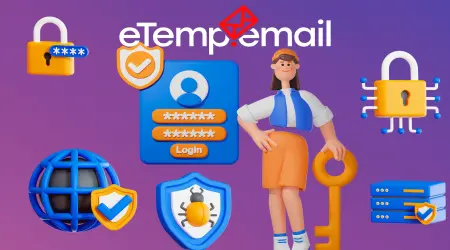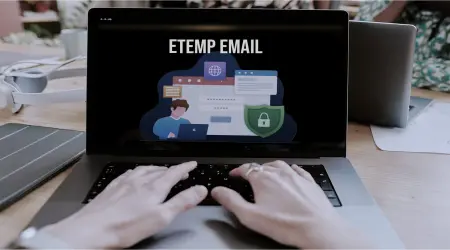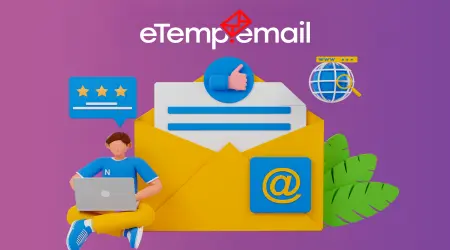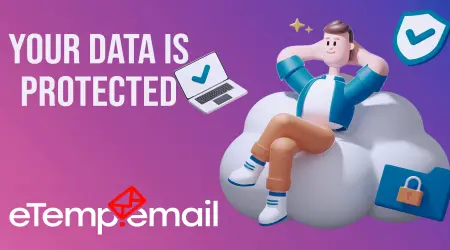
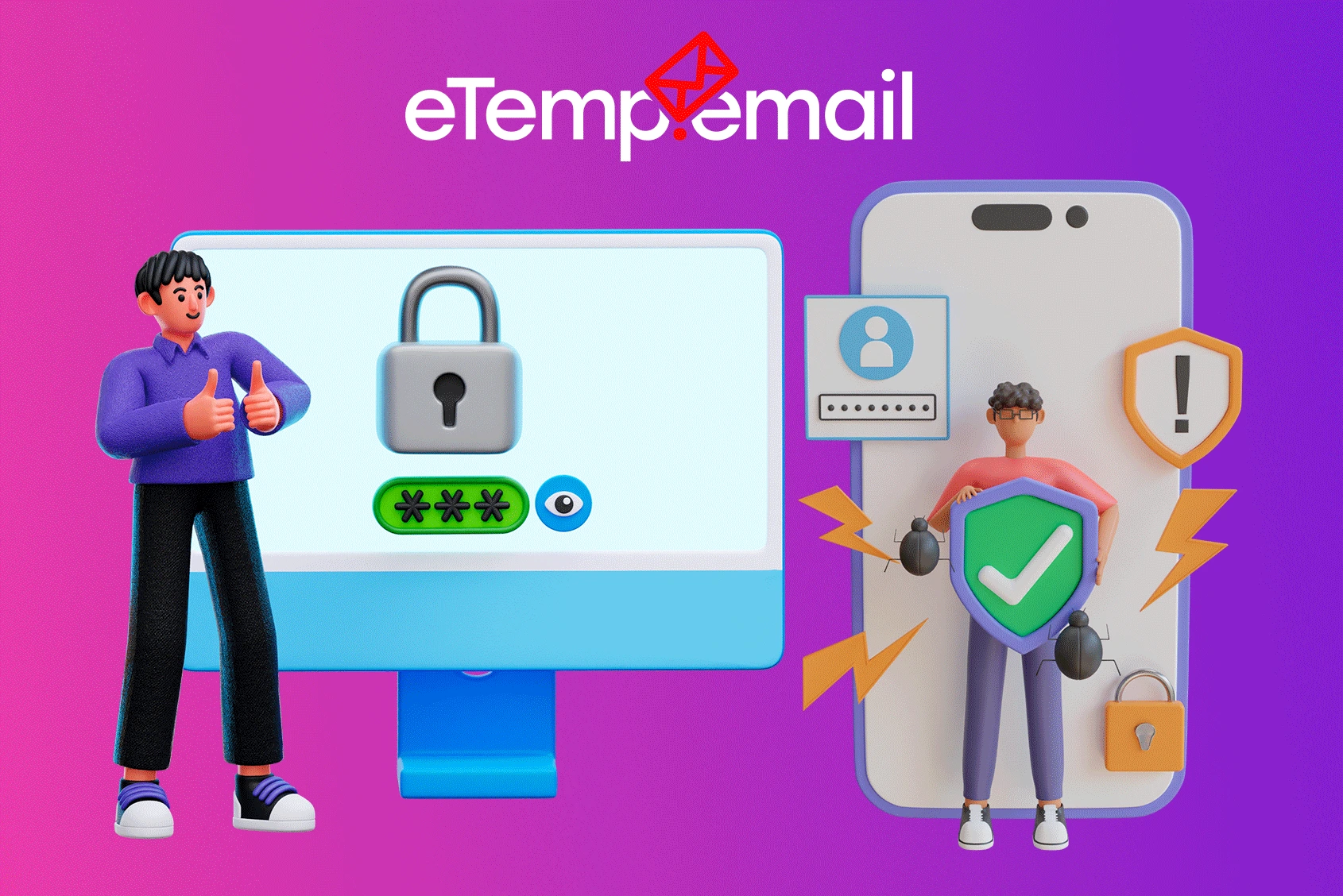
Temporary Email: Your Invisible Shield in the Digital World — From Spam to Ultimate Anonymity
Maximizing Online Efficiency and Security: Temporary Email Addresses Beyond Basic Spam Protection
In today's digital world, where every click leads to a new service, subscription, or registration, our email address becomes a sort of digital passport. However, like any passport, it can be compromised or misused, opening doors to unwanted spam, phishing attacks, and personal data leaks. Temporary or disposable email addresses have long established themselves as a reliable shield against these threats. But their utility extends far beyond simply blocking spam. In this article, we'll delve into the world of temporary email addresses, exploring their hidden potential to boost your online efficiency and provide an unprecedented level of security.
What is a Temporary Email and Why is it Essential in 2025?
A temporary email is an email address generated for short-term use that self-destructs after a certain period or once a specific task is completed. Unlike your primary inbox, temporary addresses don't require registration, aren't linked to your personal information, and ensure complete anonymity. They act as a buffer between your real address and the countless online services that demand an email for access.
In 2025, as the number of online services, data breaches, and targeted advertising methods continues to grow, the need for such a tool becomes critically important. Your main inbox holds your personal and work correspondence, important documents, and access to numerous accounts. Protecting it from prying eyes and unwanted content means safeguarding a significant part of your digital life.
Expanding Horizons: Advanced Scenarios for Using Temporary Email
While most users are familiar with the basic function of temporary email – spam protection, when signing up for suspicious sites – its potential is much broader. Let's look at some more advanced scenarios:
Testing New Services and Applications: Before sharing your main email with a new app or online service, use a temporary address. This lets you explore features, understand if the service meets your expectations, and gauge the volume of newsletters without cluttering your primary inbox. If you don't like the service, you simply forget about the temporary address.
Claiming One-Time Bonuses and Discounts: Many online stores and services offer discounts or bonuses for first-time registration. Instead of using your main address and receiving an endless stream of promotional emails, use a temporary email without registration. You'll get your bonus, and your main inbox will stay clean. This is especially convenient for coupon codes and promotions.
Anonymous Commenting and Discussion Participation: Some forums, blogs, or comment platforms require an email address. If you want to express an opinion or ask a question while remaining anonymous, an
anonymous email Public Wi-Fi Registration: Public Wi-Fi networks often require email registration for access. Instead of entering your real address, use a temporary one. This protects you from potential marketing newsletters and maintains your privacy on unsecured networks.
Fighting Phishing and Scams: Temporary email can serve as a first line of defense against phishing attacks. If you receive a suspicious email asking you to click a link or enter data, try using a temporary email to access the supposed service. If it's a phishing site, your real data won't be compromised.
Managing Multiple Accounts on One Platform: In some cases, you might need to create multiple accounts on the same website (e.g., for testing, marketing campaigns, or other purposes). A
fake email Protection When Filling Out Online Forms: If you're downloading an e-book, attending a webinar, or filling out a form to receive information, an email is often required. Use a
temporary mailbox
How eTemp.email Helps You Be More Efficient and Secure?
- Instant Creation: You get a working email address in just a few clicks, with no registration or personal data required. This allows you to quickly solve online tasks.
- Flexible Lifespan: You control how long your temporary address will exist, giving you full control over privacy. For example, you can get a
10-minute mail - Complete Anonymity: eTemp.email ensures your personal information remains hidden. No traces, no links to your real data.
- Spam and Unwanted Mail Protection: This is a fundamental, yet vital, function that keeps your primary inbox clean and free from digital clutter.
- Security: Using temporary addresses minimizes the risk of your personal information being leaked and protects you from phishing attacks.
- Domain Variety: The ability to choose from various domains allows you to mimic a real address more closely and bypass certain filters.
- Ease of Use: Our interface is designed so that even an inexperienced user can easily generate and use a temporary email.
Best Practices for Using Temporary Email:
To get the most out of temporary email addresses, follow these recommendations:
- Assess the Need: Before using a temporary address, consider if it's truly suitable for the task. For important communications (e.g., banking, legal documents, main work account), always use your real, secure email.
- Monitor Expiry: Some temporary email services offer addresses for a limited time. Make sure you receive all necessary information before the address self-destructs.
- Don't Use for Sensitive Data: Never use temporary email to receive or send sensitive information such as passwords, financial data, or personal correspondence.
- Regularly Check Inbox: If you're expecting a reply to a temporary address, remember to check its inbox within its active period.
- Be Aware of CAPTCHA: Some services may use CAPTCHA to prevent the use of temporary addresses. This is a normal practice.
The Future of Your Digital Privacy with eTemp.email
Temporary email addresses are more than just a means of spam protection; they are a powerful tool for boosting your online efficiency, maintaining privacy, and ensuring security in an ever-evolving digital landscape. With
By investing time in understanding and applying temporary email addresses, you're taking an important step towards a safer and more organized digital life. Start using etemp.email today and feel the difference in your online interactions. Forget about worrying about spam, phishing, and data breaches – with us, your digital passport will always be securely protected. Discover the freedom and security offered by

